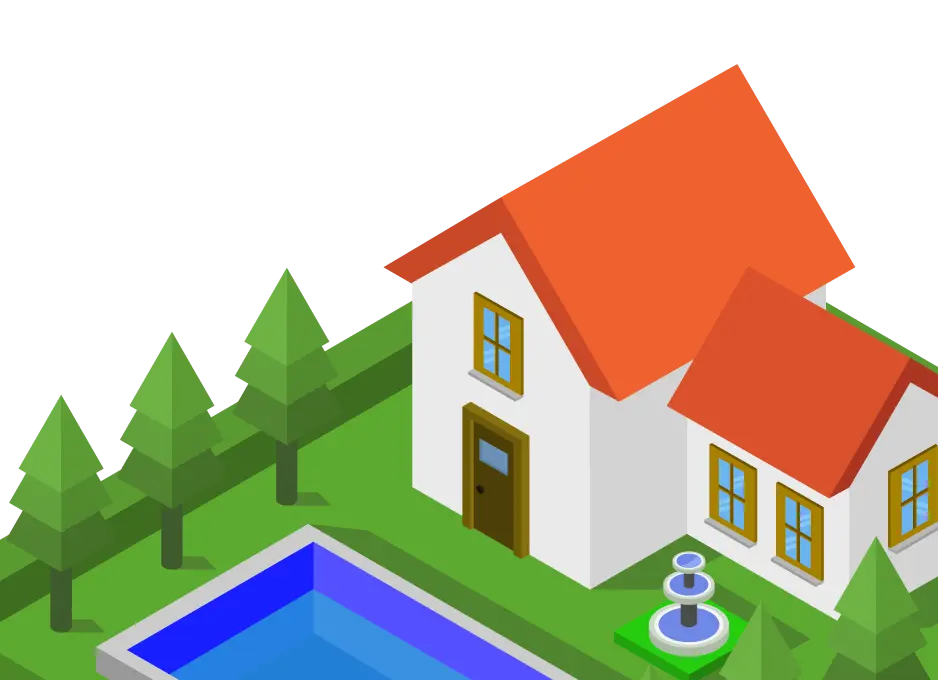Crevice Weavers

Southern House Spiders (Crevice Weavers)
The crevice weaver, or southern house spider, is a common nuisance spider found around human structures. The males and females exhibit sexual dimorphism, meaning that they look very different from each other. You might think they were two distinct species if you didn’t know any better. In addition to sexual dimorphism, there is also a difference in their hunting and behavior.
Male crevice weavers are tan-colored, long-legged, ground-running spiders. They hunt by chasing down prey and do not utilize a web. They roam in search of females, sometimes making their way into houses and businesses. While often mistaken for brown recluse spiders, several features separate the harmless male crevice weaver from the medically-important brown recluse. The male crevice weaver has eight eyes (instead of six), robust black spines on the legs (versus no spines in the brown recluse), long pedipalps that are held outward like a horn (these are the pair of appendages near the face, often mistaken for an extra pair of tiny legs; in brown recluse, they are not held outward). They are also larger and lack a fully-formed violin pattern on their back.
Female crevice weavers are charcoal grey and velvety in appearance, somewhat resembling a miniature tarantula. They do not look like the males, so they are not mistaken for brown recluse. The females are more of a nuisance for homeowners because of their web-spinning behavior. A female will find a hole, crack, or crevice in which to call home and then lay down a radial web around the entrance. Unlike other spiders’ webs, the webs of crevice weavers are not sticky. Females fray their silk by using stout, curved hairs at the tip of their back legs. Their webs work by entangling prey in random, fluffy, silken strands. They hide in their lair during the day, but at night they emerge and sit on their web to wait for prey.
The females are particularly attracted to brick houses and will make their webs around windowsills, shutters, and at brick-wood interfaces. While the webs are unsightly, these spiders do provide a benefit by eating insects like house flies. The females are very long-lived for a spider, surviving up to eight years.
Crevice weavers are harmless, with venom no more potent than that of a honey bee. They are reluctant to bite and have small fangs which have difficulty piercing human skin. The females will play dead as a defense mechanism.
Spiders in general are attracted to buildings with bright lights, as lights are attractive to their insect prey. Turning off porch lights or changing bulbs (i.e. yellow incandescent, sodium vapor) will reduce their allure to insects and the predators that feed on them.
Sealing up gaps around plumbing, repairing damaged window and door screens, and installing new door sweeps and weather stripping will prevent most spider entry into your home. Filling in cracks and crevices around windows and doors will deny the females a place to live. Spiders and their egg sacs can be brought indoors on firewood, so be sure to inspect firewood for these hitchhikers (as well as other pests).
